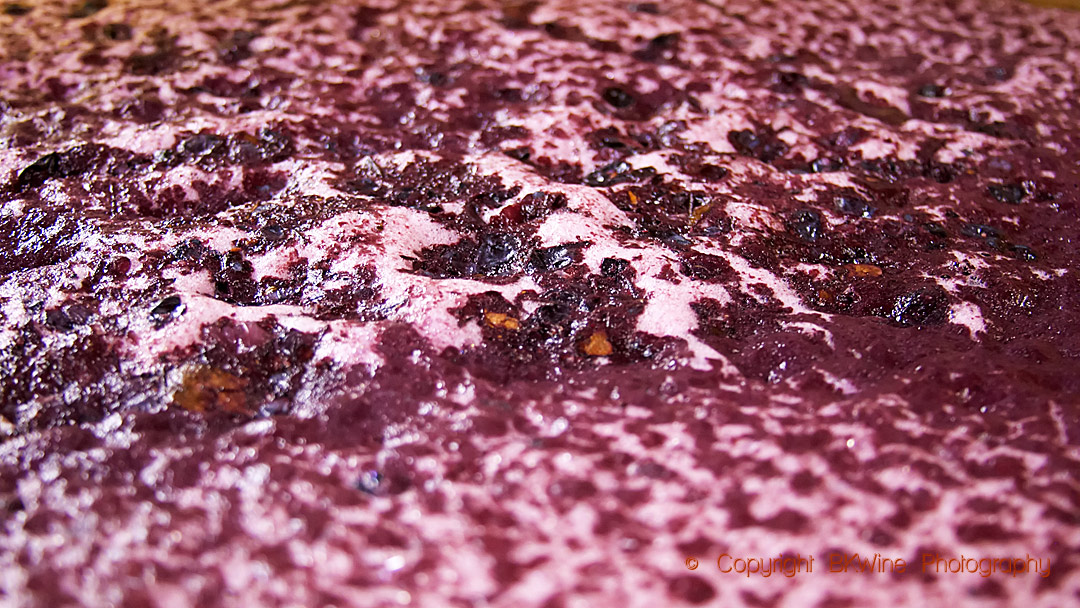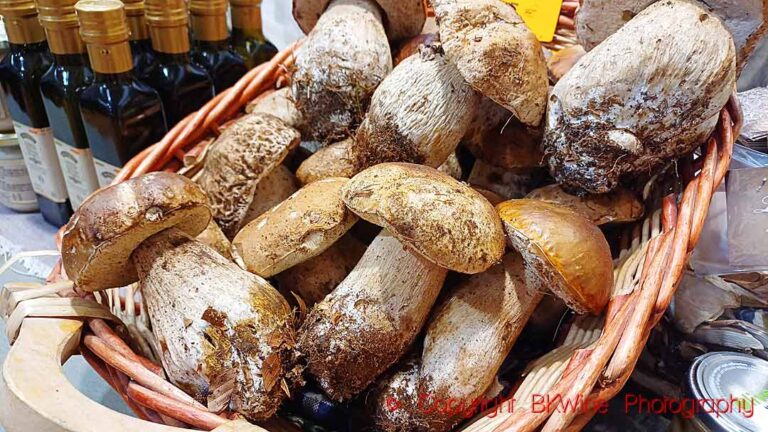Some people see red when they hear someone say “added yeast”. But that does not prevent most wine producers from choosing cultivated (selected) yeast over wild yeast. There are over 200 varieties of Saccharomyces cerevisiae on the French market. Every year, new yeast strains are launched. And every year the Institut Français de la Vigne et du Vin (IFV) tests all these new strains and publishes the results.
What is important to know in order to choose the right yeast is, for example, how much volatile acidity and how much glycerol does the yeast produces, at which alcohol levels and temperatures it can work, how much sulphur dioxide it produces, how much nitrogen it needs to work etc.
The amount of sulphur the yeast produces is today a topical issue. Virtually all yeast strains produce some sulphur during fermentation. But there are varieties that produce very little, even below the 10 mg which is the limit for putting “contains sulphites” on the label. Normally, the yeast will produce between 20 and 40 mg of sulphur, which thus is an inevitable level of sulphur in many wines. Most producers add some more to guarantee the stability and quality of the wine.
Many of those who are enthusiastic about wines without sulphur (e.g. natural wine fans) are simultaneously very negative towards added yeast. It is perhaps a bit ironic then that you can lower the level of sulphur in the wine by using selected yeast.
Read more: vignevin












